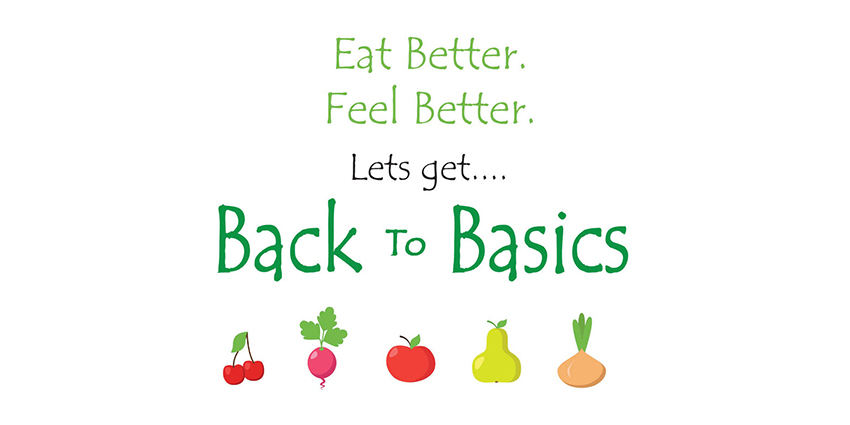Putting Your Best Foot Forward: Are Your Shoes Holding Your Feet Back?
Written by Nate Lorenc. Published by ScienceBasedChiropractic.com
The foot. Twenty six bones. Thirty three joints. More than one hundred muscles, tendons, and ligaments. A greater number of sensitive nerve-endings per square centimeter than any other part of your body(1). And yet, despite being one of the most complex and brilliantly engineered structures in our anatomy, it is also one of the most disrespected and under-utilized.
The modern history of shoe design has progressed in a way that has left the actual function of the foot neglected. In the following four categories, I will elaborate a bit more on the flaws of commercial footwear and what to look for as healthier alternatives. It is important to first note, however, the difference between performance and health when looking at how a shoe is designed. When we talk about performance, we’re talking about a unique task with a clearly defined goal. If my goal were to ice skate, then my footwear would be designed to meet the demands of the task. But, if my goal were to live a life free of foot pain while continuing to enjoy a broad range of activities, then we are in the realm of foot health. It is also important to note that if you have an existing condition- such as a diabetes, rheumatoid arthritis, or venous insufficiency, for example- do not make dramatic changes to your footwear without consulting your physician.



